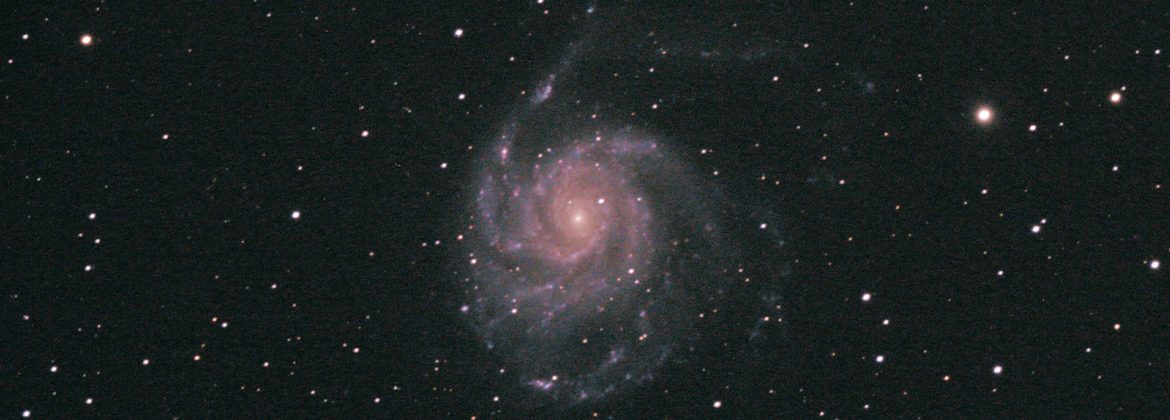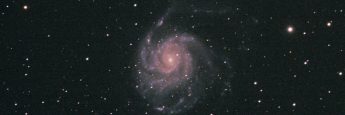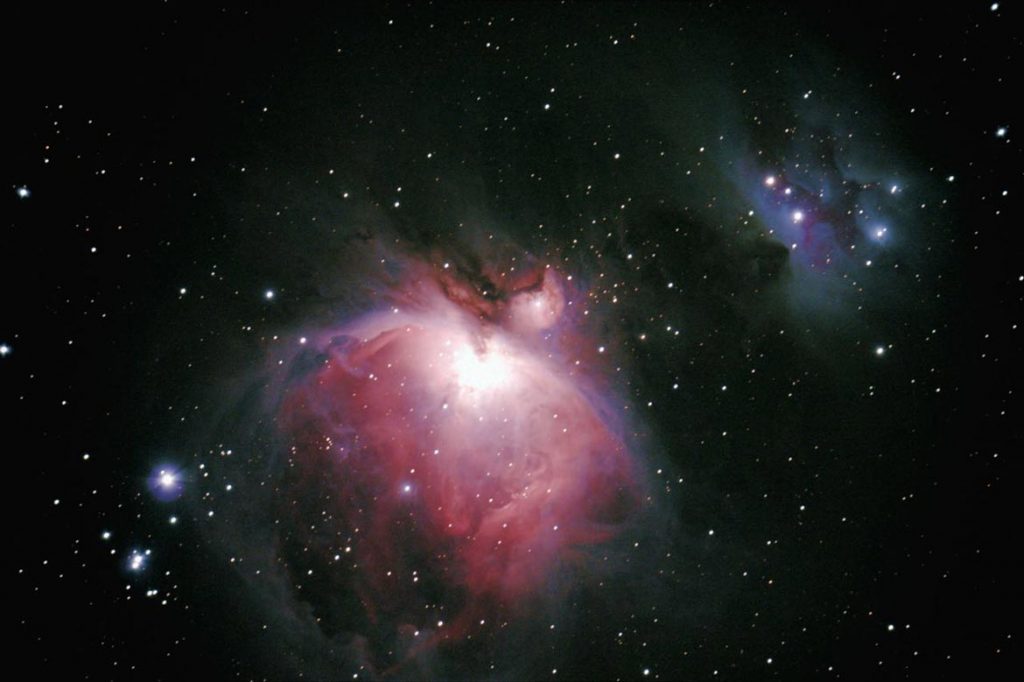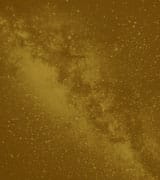Astronomical Ephemeris – August, 2022
Astronomical Ephemeris – August, 2022


On a clear August night, try looking at the geographic north, let your eyes adjust to the dark and your thoughts settle down. You could be enchanted by “shooting stars” drawing the sky. This is the Perseids meteor shower, active from July 17 to September 1, the main event of this month’s Astronomical Ephemeris.
The phenomenon invites us to repeat what humanity has been doing for a long time: observing these celestial bodies that captivate people so much that they have gained symbolism, legends and stories created by different civilizations. In scientific terms, “shooting stars” are meteors that, when penetrating the Earth’s atmosphere, burn due to friction with the air, and offer us a luminous phenomenon.
In the case of the Perseids, meteors are fragments left by comet 109P/Swift-Tuttle, considered, therefore, the parent object that gives rise to the shower. This astronomical event occurs when the Earth, in the execution of its orbit, passes through the debris wake.
In addition to the meteor shower, other phenomena seem to be an opportunity to not only see the sky, but actually observe what is in that immensity, who knows even feel a part of the greatness of the universe and understand more about the inner world of each person, the origin of the human being, life… The invitation is made.
Other astronomical events observable to the naked eye around the world
August 12 – Conjunction between the Moon and Saturn
They will be in the constellation of Capricorn.
August 14 – Saturn in opposition (to the Sun)
Saturn will be visible throughout the night at maximum brightness in the constellation Capricorn.
August 15 – Conjunction between the Moon and Jupiter
They will be in the constellation of Pisces.
August 19 – Conjunction between the Moon and Mars
They will be in the constellation of Taurus, with the Pleiades star cluster to the east.
August 27 – Mercury at maximum elongation (to the west)
Mercury can be seen in the early evening in the constellation Virgo, towards the geographic east.
August 29 – Conjunction of the Moon and Mercury
They will be in the constellation Virgo.
Know more
Term used in Astronomy that designates the moment when a planet or other celestial object is in an opposite position to the Sun, when observed from the Earth; that is, when the Earth is between the Sun and the celestial object forming an alignment of 180º.
The best time to observe a celestial object outside the Earth’s orbit is when it is in an “opposition” position.
Phenomenon that occurs when the planets Mercury and Venus reach their greatest angular distance from the Sun, when viewed from Earth, that is, when they are located in their best positions for observation both to the east (before dawn) and to the west (in the early evening).
August 5 – First Quarter
August 11 – Full Moon
August 19 – Last Quarter
August 27 – New Moon
Sources: jpl.nasa.gov/calendar / solarsystem.nasa.gov / in-the-sky.org / Stellarium.org / earthsky.org / ov.ufrj.br / planetary ephemeris – Jet Propulsion Laboratory (JPL) / jpl.nasa.gov / amsmeteors.org / imo.net – International Meteor Organization / canaltch.com.br

The astronomical ephemeris are a monthly schedule prepared by the Astronomy Sector, which is one of the 12 that make up the PRÓ-VIDA Laboratory Department. In the department, studies, research and scientific experiments related to various topics are developed, as well as field activities and lectures.

The astronomical ephemeris are a monthly schedule prepared by the Astronomy Sector, which is one of the 12 that make up the PRÓ-VIDA Laboratory Department. In the department, studies, research and scientific experiments related to various topics are developed, as well as field activities and lectures.









